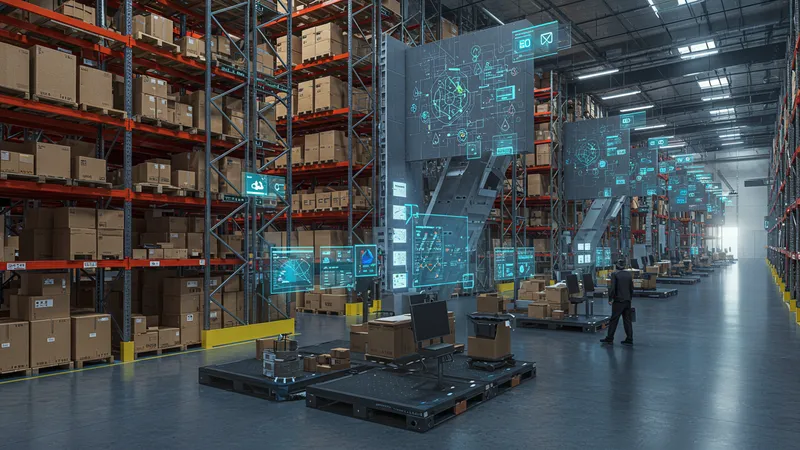
Warehouse Rental Made Easy – Find Space That Fits Your Business
The Untold Benefits of Flexible Warehouse Space
Choosing a flexible warehouse space isn’t just about storage—it’s about adaptability. With the economic shifts and growing e-commerce demands, owning or leasing a traditional warehouse is becoming almost archaic. Modern businesses require the kind of agility that only flexible spaces can provide. Imagine this: easily adjustable layouts that accommodate seasonal stock fluctuations and market demands effortlessly. But there’s still a revelation looming…

On-demand warehousing is increasingly popular, proving that flexibility truly is the new efficiency. Companies like ShipBob have revolutionized logistics by allowing businesses to expand and contract their storage as needed. These spaces let companies pay only for what they use, creating a win-win. In fact, this model has not only slashed unnecessary costs but also improved delivery speeds. Yet, another layer of intrigue remains on the horizon…
Apart from financial savings, flexible warehouses contribute to a reduced carbon footprint. The resonating effect of sustainable practices not only benefits the environment but also enhances brand reputation. Clients are increasingly leaning towards eco-friendly businesses, and your warehouse choice can reflect that commitment. However, there’s an unexpected detail hidden in these strategies…
The transformation doesn’t stop there. Businesses are leveraging these spaces to incorporate innovative technologies like AI-driven logistics, enhancing operational strategies. Such integration goes beyond mere storage, redefining what a warehouse can achieve. The possibilities are endless, and what you read next might change how you see this forever…